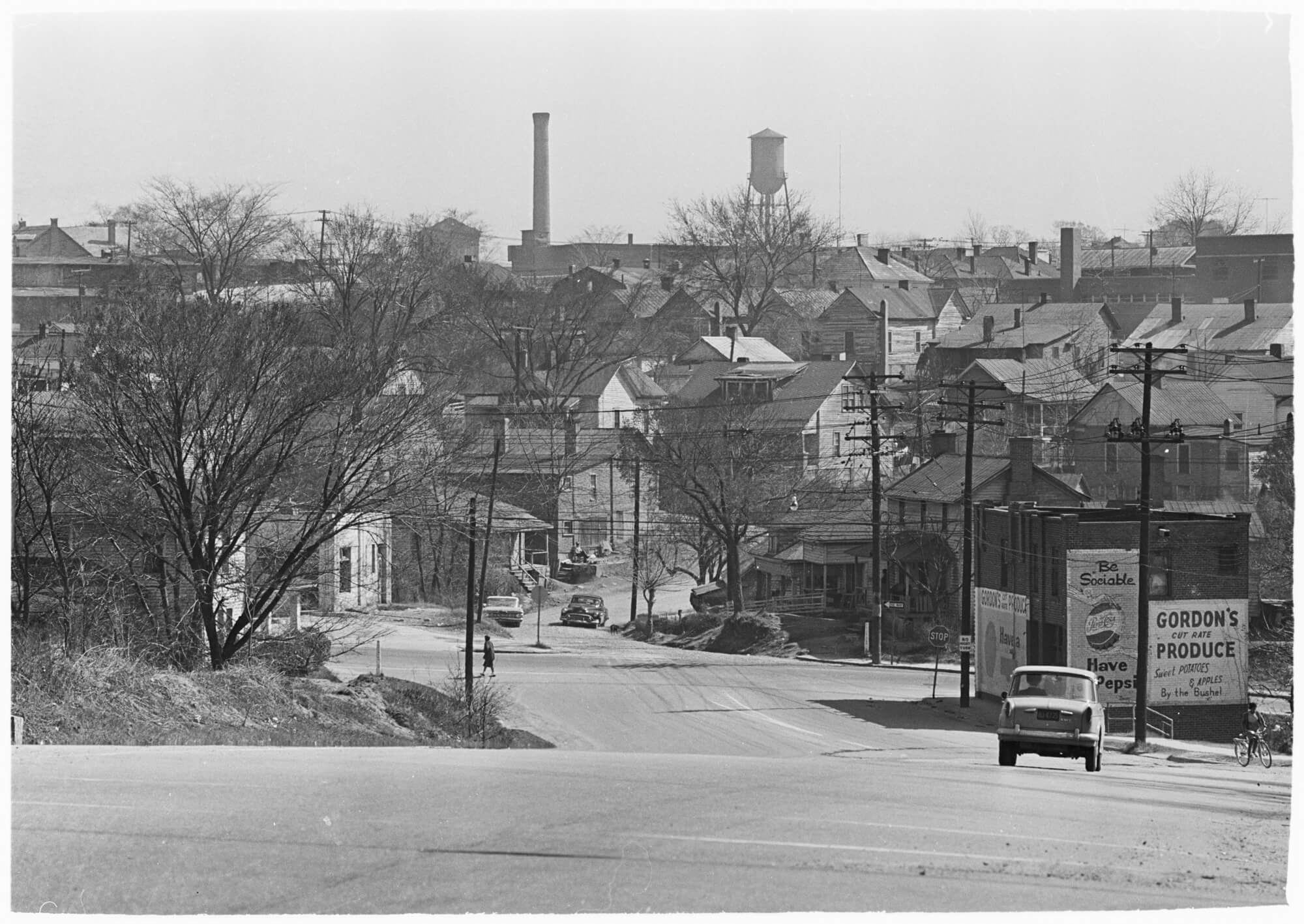Authors: M’Balou Camara, Andre’ D. Vann, William “Sandy” Darity, Raffi E. García, Jim Harper, Bertha Johnson, Addison Malone, Henry McKoy, Carl Webb, and Gwendolyn Wright
Summary: Before the COVID-19 pandemic, black business owners were disproportionately underrepresented as business owners in Durham, North Carolina. Moreover, compared to their white counterparts, black business owners reported having fewer employees, less annual revenue, younger businesses, and more barriers to credit access. Faced with the uncertainty created by the COVID-19 pandemic and the changing landscape of the world of work, black business owners in Durham engineered countless innovations to ensure the well-being of their employees, their firms, and varied communities in Durham. These innovations and adaptations in-service of community, however, at times came at the expense of respondents’ personal and financial well-being. Existing relationships with banks did not insulate black business owners in Durham who were seeking loans through the PPP, in contrast with recent literature on bank-customer relationship. The report provides a rich historical context of black business ownership in Durham prior to the onset of the pandemic, emphasizing the prevalence of racial and gender disparities in business characteristics. Second, the report examines the impact of COVID-19 on four key dimensions of black business ownership: operational, psychological, social, and financial. Third, it analyzes racial and gender disparities in the Paycheck Protection Program (PPP) lending during the pandemic. Fourth, it describes the ways that black business owners are coping and responding to the COVID-19-related impacts. Finally, the report concludes with a discussion of the policy implications of this study and offers recommendations that draw insight from the data and participant interviews.
Key Findings
- The majority of business owners expressed a preference for reciprocal, intra-business or community-level interventions that allowed firms across and within industries to support each other financially throughout the COVID-19 pandemic without taking on debt. Respondents highlighted a wealth of factors played into their present and future success, chiefly communal impact and longevity, personal peace and fulfillment, and individual financial security.
- The Paycheck Protection Program has helped black-owned businesses stay afloat. However, black-white comparisons of loan amount distributions show that black-owned businesses faced a 30-40 percent funding gap compared to other business owners. The effects are statistically significant even when correcting for selection and controlling for industry, number of jobs, gender, lender, zip code, and other borrower and community-level characteristics.
- The analysis shows evidence of self-selection in deciding not to report the borrower’s race on the PPP loan applications for fear of the information being used against the applicant. In Durham, approximately 90 percent of the PPP loan borrowers did not report their race; this number is consistent with national PPP data. Those that did not report their race received an average of approximately $35,000 more in funding; this amount is statistically significant at the 99% level.
- Self-reported black owners, when compared to the unreported race subsample, faced a 42 percent funding gap, providing some evidence of a penalty for self-reporting as a black business owner. When compared to self-reported white borrowers, the magnitude of the effect remains similar, but the statistical significance disappears. This shows that financial institutions do compare across self-reported racial groups. Hence, any bias against black borrowers also hurts white borrowers that self-report their race. In terms of gender, the findings show that black female owners did not experience an additional funding gap outside of the racial funding gap faced by all black owners.

